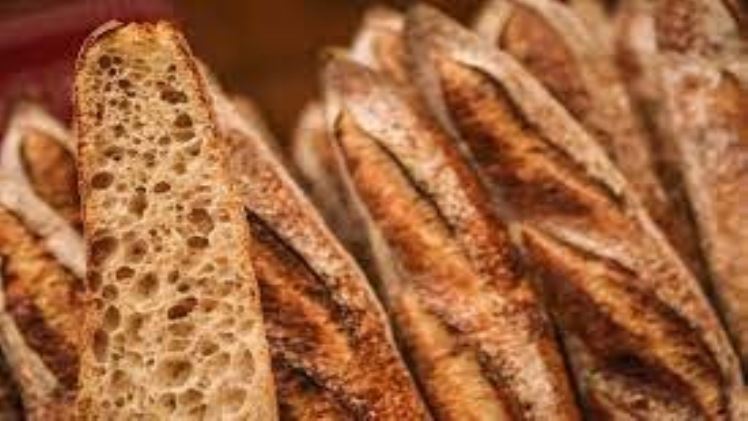The History and Diversity of the French Baguette and Its Role in UNESCO’s Intangible Heritage

The History and Delectability of the French Baguette
For over a century, France’s iconic baguette has been part of their diet. This fluffy elongated loaf boasts a crunchy crust and chewy interior; sold at EUR1 ($1.04) per piece with sales exceeding six billion annually in France alone.
Bakeries are also a social gathering place, often serving lunch at the bakery and giving children the heel of a baguette to chew on while they’re teething. In France, people often eat their lunch there as well.
Urban legends abound about how the baguette came to be, but one of the most popular is that Napoleon’s bakers created it as a lighter and more portable bread for soldiers or that Parisian bakers made it rippable in order to prevent knife fights between factions working on the city’s subway system.
Baguettes are made with flour, water and yeast and must rest for 15-20 hours before baking. Once formed into long, thin banquettes, the dough can then be baked.
Some bakers must produce more than one batch of baguette dough daily to meet demand. It takes a lot of dedication and skill from its bakers to perfect this delicate product, which requires many hours of labor-intensive preparation.
Audrey Azoulay, director-general of UNESCO, noted that including the baguette on its list of intangible cultural heritage “celebrates the French way of life: it is a daily ritual, structuring element of meals and synonymous with sharing and conviviality” In an interview she added that it “is as important as any other cultural heritage item included on UNESCO’s List.”
France’s emblem, with its golden color and long shape, has long been a symbol of France. This inscription marks the start of efforts to protect and perpetuate its unique status – including specific social practices and consumption methods passed down through generations.
To this end, the government is proposing to organize an “Open Bakehouse Day,” an artisanal baguette-centric day designed to reconnect citizens with their heritage and culture by creating new opportunities for aspiring bakers and aiding them on their path.
Despite a worldwide decline in traditional bakeries, French consumers still adore and consume baguettes with enthusiasm. In 2018, French boulangerie visits increased an incredible 17% over last year’s figure.
Bakers in France were delighted by UNESCO’s decision to include the baguette on its list, who consider its recognition as a cultural heritage an honor.
According to the Associated Press, 320 baguettes are sold every second in France.
A great baguette should have a slight sweetness, an earthy, slightly toasty aroma and an irresistibly buttery, nutty flavor that balances sweetness and saltiness.